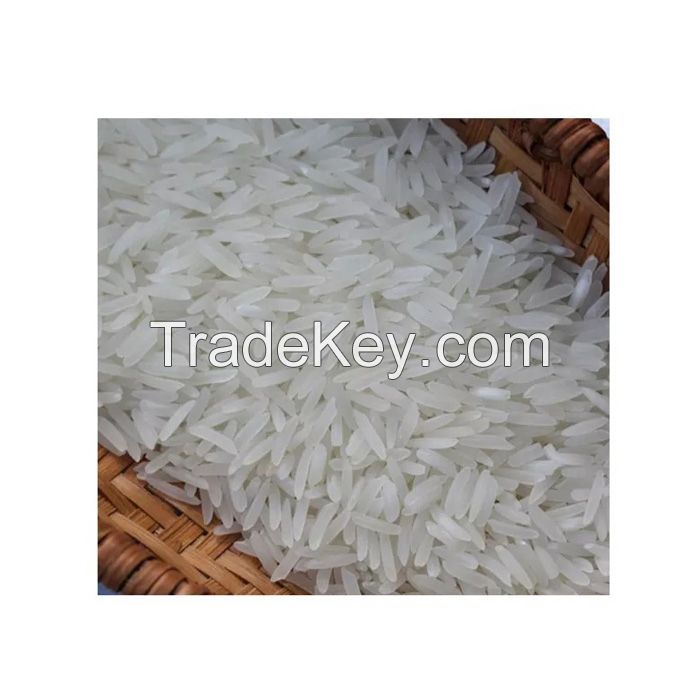
FOB Price
Obtener el precio más reciente250 ~ 350 / Ton
|Minimum Order
Place of Origin:
-
Price for Minimum Order:
Minimum Order Quantity:
10 Ton
Packaging Detail:
As a Customers' Requirement
Delivery Time:
10 to 20 days
Supplying Ability:
10000 Ton per Month
Payment Type:
T/T, Western Union, Money Gram, PayPal
Canada
Basmati rice is a long-grain rice variety known for its distinct aroma, delicate flavor, and fluffy texture. Here are some key points about basmati rice:
Origin: Basmati rice originated in the Indian subcontinent, particularly in the foothills of the Himalayas. It has been cultivated in the region for centuries and is highly prized for its quality and taste.
Appearance: Basmati rice grains are long, slender, and translucent with a characteristic white or light brown color. When cooked, basmati rice grains remain separate and fluffy, with a firm texture.
Aroma: One of the most distinguishing features of basmati rice is its unique aroma, often described as nutty or floral. This aroma is released during cooking and is a hallmark of high-quality basmati rice.
Flavor: Basmati rice has a delicate flavor with subtle nutty undertones. It is less starchy than other rice varieties, which allows it to absorb flavors well and pair beautifully with a wide range of dishes.
Culinary Uses: Basmati rice is a versatile ingredient used in various cuisines, particularly in Indian, Pakistani, Middle Eastern, and Persian cooking. It is commonly used to prepare pilafs, biryanis, fried rice, and other rice-based dishes. Basmati rice is also enjoyed as a side dish or accompaniment to curries, grilled meats, vegetables, and other main courses.
Grades: Basmati rice is available in different grades based on factors such as grain length, aroma, and purity. The highest quality basmati rice is known as "Super Basmati" or "Extra Long Grain Basmati," which has the longest grains, strongest aroma, and most delicate flavor. Other grades include "Pure Basmati," "Long Grain Basmati," and "Basmati Sella" (parboiled basmati rice).
Cooking: Basmati rice is typically rinsed before cooking to remove excess starch and improve its texture. It is then cooked using a variety of methods, including absorption method (where the rice is cooked in a measured amount of water), steaming, or boiling. Basmati rice can be cooked on the stovetop, in a rice cooker, or in the microwave.
Storage: Basmati rice should be stored in an airtight container in a cool, dry place to prevent moisture and pests from affecting its quality. Properly stored, basmati rice can have a long shelf life and retain its aroma and flavor for extended periods.
